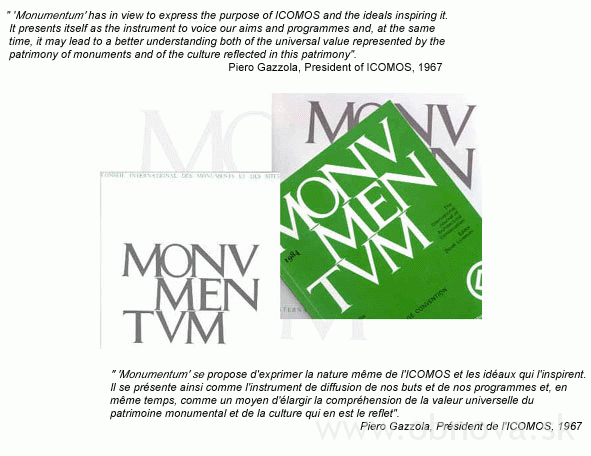Kitsch and Irony (On Kitch I)

The articles published on this page were originally intended for print in some of the major Norwegian newspapers. Since Mr. Nerdrum, and myself, started the revival of the debate on Kitsch, nationally and internationally, there have been several articles that have (intentionally) overlooked our views. The articles published on this page were originally intended for print in some of the major Norwegian newspapers. Since Mr. Nerdrum, and myself, started the revival of the debate on Kitsch, nationally and internationally, there have been several articles that have (intentionally) overlooked our views. These articles all try to confine Kitsch to be an aspect of contemporary Art. I have tried to refute these arguments, but Norwegian newspapers have not been willing to print other views. This is why I publish them here.
I have written a short introduction to each article, as I do not expect foreigners to understand Norwegian reality. For those who would like to get a fuller introduction to the concepts of Art and Kitsch, I will first refer you to the excerpts from the book On Kitsch (available at amazon.com) and the essay “Why Art is Perverted”.
Kitsch and Irony
(Posted on 02.05.2004, 13:03 CET)
This comment was written in an attempt to correct yet another of those ?let us overlook the new approach to Kitsch, and write as if it is but a trait of postmodernism? ? articles; this time written by Harald Flor of Dagbladet. My comment was not printed.
Art has its rules, f. ex. Originality and Indifference. Obviously, Flor knows this, but when he uses the word ?Kitsch? he ought to remember the history behind the term. This is all the more important
considering how it was used as a burnmark on those who did not follow the new times ? not on modernist artists. These people were called Kitsch bacause their values were the serious, humanexpression, not because they wanted to ?dehumanize? Art and enter the playful irony and indifferent relation to the body, as Josè Ortega y Gasset describes with admiration (in ?The Dehumanization of Art?). True Kitsch cannot be embraced by Art because Kitsch is based on love for the human expression ? the exact opposite of the (indifferent) irony of Art, the opposite of ?bad painting? (Flor mentions this as Kitsch). The interesting thing is that when a group of painters use ?Kitsch? as a positive name for the values banned by Art, the critics start their ridicule. What is outside the valuesystem of Art ? is denied any value at all, except as the lowest step on Art`s ladder of Development. As Tomas Kulka (author of ?Kitsch and Art?) says: Kitsch is only bad. Only bad? Have we stumbled upon the one discipline on earth denied the laws of logic? Earlier , critics have themselves accepted a hierarchy of quality by accusing Nerdrum of being Kitsch. But when he actively supports the same name ? the critics are suddenly concerned with reassuring us that he is Art.
But I am not done with Art`s indifference, it is of great interest to me. 90 years ago, indifference was basically a question of a more or less distanced (ironic) approach when rendering nature. Today, this irony is outspoken (pop art, ?Camp?). Harald Flor is a result of these two forms of indifference when he writes that Salle is ?free of any flattering, painterly point?. Perhaps Flor knows where this thought initially came from: the German philosopher Immanuel Kant writes negatively about paintings that ?move? you, Art must not take hold of your private feelings. 140 years later, Hermann Broch drops the difficult words and simply calls it Kitsch. Kitsch is never ironic (Kulka), and therefore it is misleading to use the term to describe artists like Scharf. This is why I want to say to the Artcritics: Clearify your terms, it should be a natural part of your academic training. I have, as a Kitschpainter, reacted to the way that what I am writing about is consistently kept secret. You never get a clear message about the Art rules. Students at Art schools (especially talented ones) should on the first schoolday be given a paper containing these rules. It should state the ideals of Originality and Indifference, and how the past as a serious (!) source of inspiration is out of the question. It should further state the importance of the imperative of belonging to your time (known as the ?Zeitgeist-imperative?), and how handcraft is useless in Art because Art is supposed to end as metaphysics. And last, but certainly not least, it should state that if you do not abide by these rules then you are Kitsch (and thus abide by other rules). The Kitsch term can clarify these misunderstandings and also make it clear to the general public that what they demand of what they call ?real? Art ? actually is Kitsch. This way it is possible to correct their (unjustified) prejudices against Art. We have to let people know this. We are liars when we judge a painter like Rembrandt on the premisses of Art because Art is ?a European invention barely 200 years old? (Larry Shiner, The Invention of Art) that explicitly revolted against the values Rembrandt based his work on. Saying to a talent ?Yes, this is how they painted back then, but the principles of Art have changed a bit ? so you cannot paint like that anymore? is to (at best) unintentionally misguide people. We have to separate Art and Kitsch, it is a matter of honesty.
Jan-Ove Tuv,
Kitschpainter.

